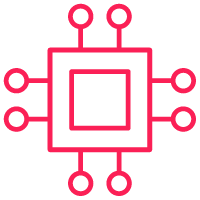Install Grafana on RHEL 9 | CentOS 9
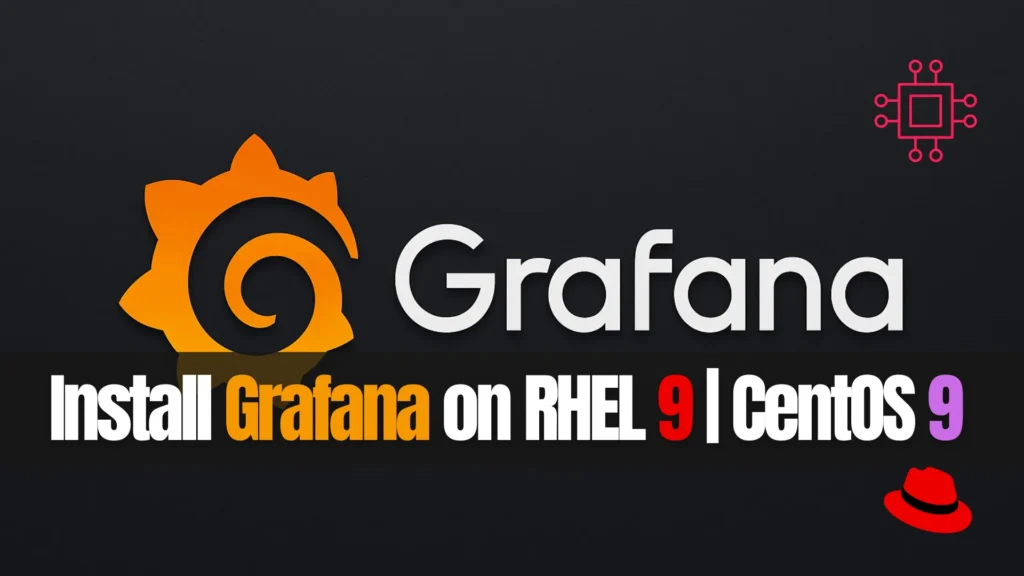
Learn how to install Grafana on RHEL 9 or CentOS 9—from repository setup through installation, service management, firewall & SELinux configuration, to securing your Grafana environment. Table of Contents 🔈Introduction If you’re working with Grafana and running a modern enterprise Linux environment like Red Hat Enterprise Linux 9 (RHEL 9) or CentOS Stream 9 (or a compatible EL9 distribution), […]
Install GIMP on RHEL 9 | CentOS 9
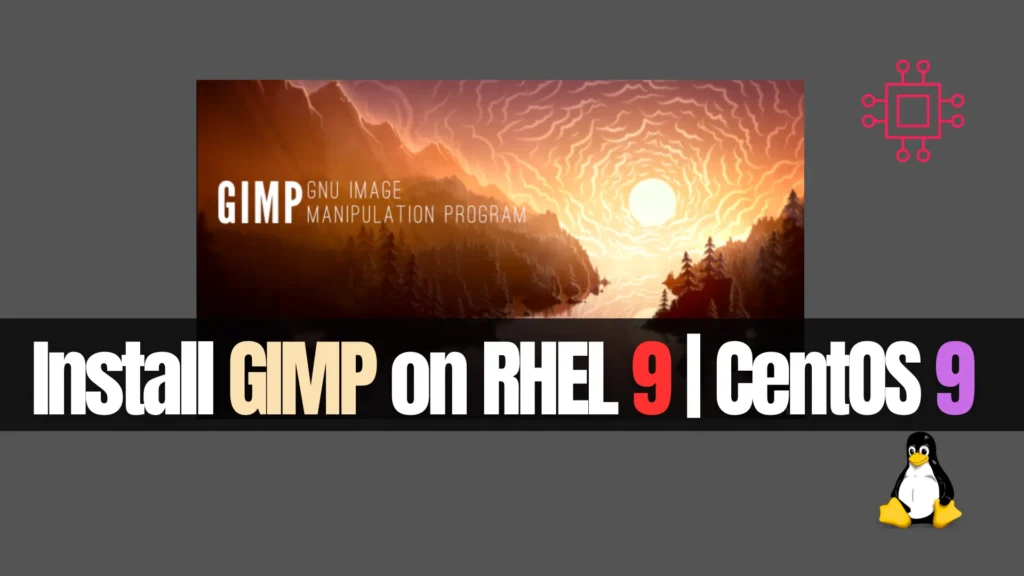
Learn how to install GIMP on RHEL 9, CentOS Stream 9, Rocky Linux 9, and AlmaLinux 9 using EPEL, Flatpak, or source builds. Includes step-by-step commands, troubleshooting tips, and comparisons for the best installation method. Table of Contents 🔈Introduction GIMP (GNU Image Manipulation Program) is one of the most widely used open-source graphics applications for […]
How to Diagnose and Fix Slow DNS Resolution on Linux
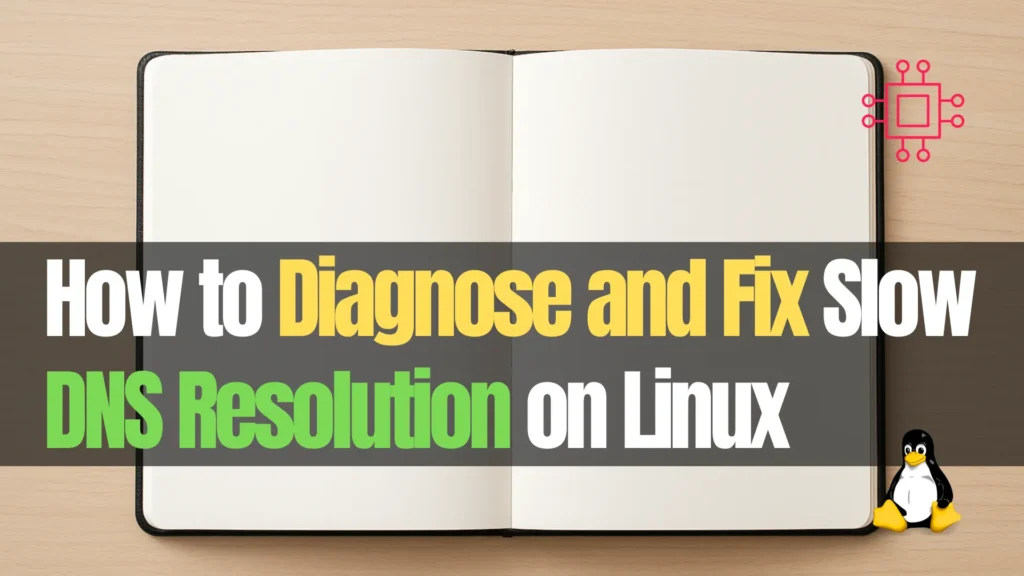
Improve Linux network performance by diagnosing and fixing slow DNS resolution. Learn step-by-step troubleshooting, CLI commands, and configuration fixes to speed up DNS lookups on any Linux distribution. Table of Contents 🔈Introduction Slow DNS resolution can make even the fastest Linux system feel sluggish. When domain lookups stall, websites load slowly, package managers hang on […]
How to Set Up a RHEL 9 Workstation for Creative Professionals
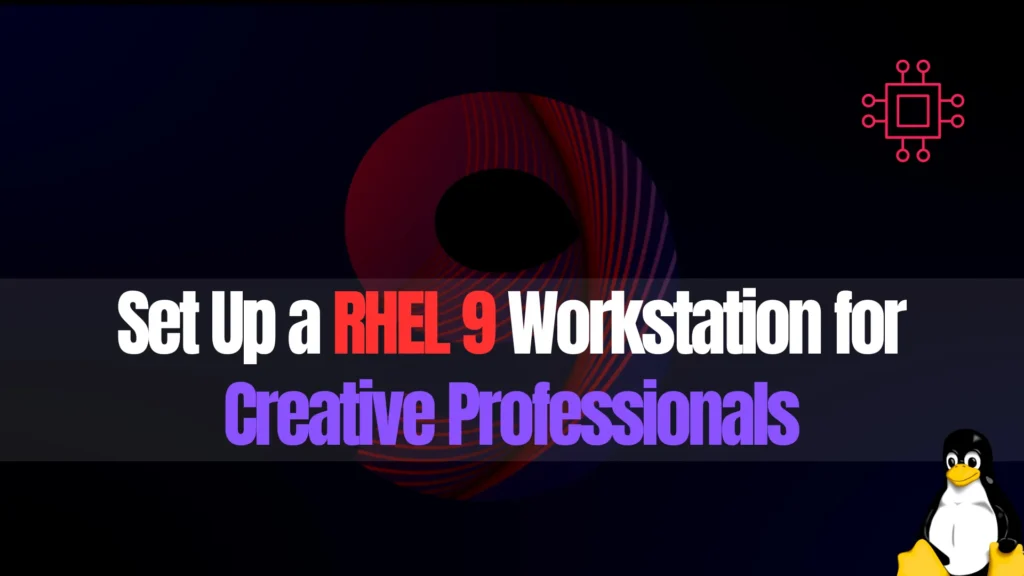
Learn how to set up a RHEL 9 workstation for creative professionals, with step-by-step instructions for installing essential software, optimizing performance, and creating a smooth, efficient workflow. Table of Contents 🔈Introduction Red Hat Enterprise Linux (RHEL) is known for its stability and security, making it an excellent choice for developers and system administrators. However, RHEL […]
Understanding Enterprise Network Infrastructure: From Perimeter to Core
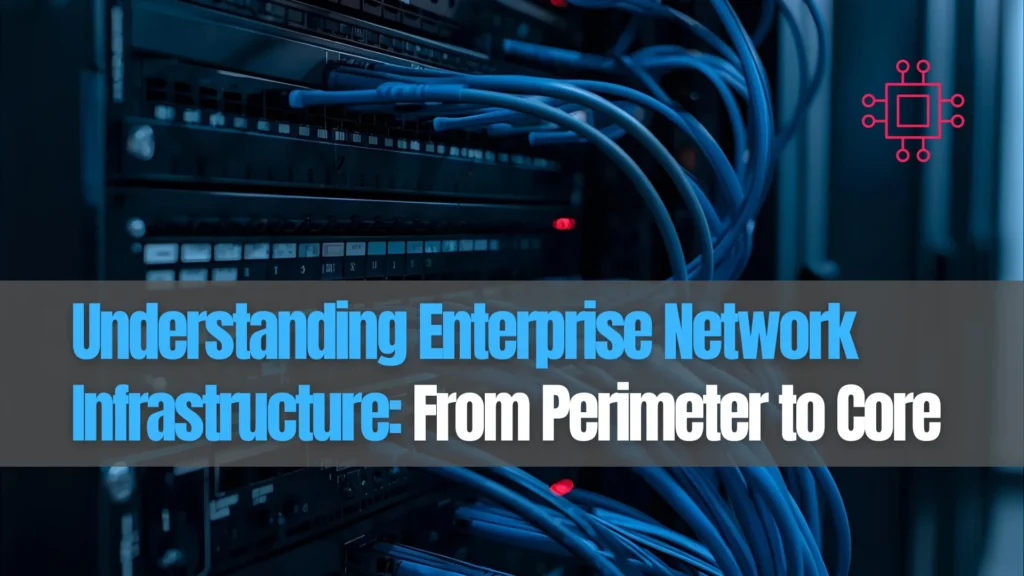
A complete guide to enterprise network infrastructure—covering DMZ, firewalls, core networks, and hybrid cloud integration. Includes best practices, CLI examples, and design tables for IT professionals. Table of Contents 🔈Introduction In today’s digital enterprise, the network infrastructure is the foundation that supports communication, application delivery, and cybersecurity. As organizations scale and hybridize their environments, a […]
How to Build a Responsive Dashboard with React and Tailwind CSS on RHEL 9 | CentOS 9
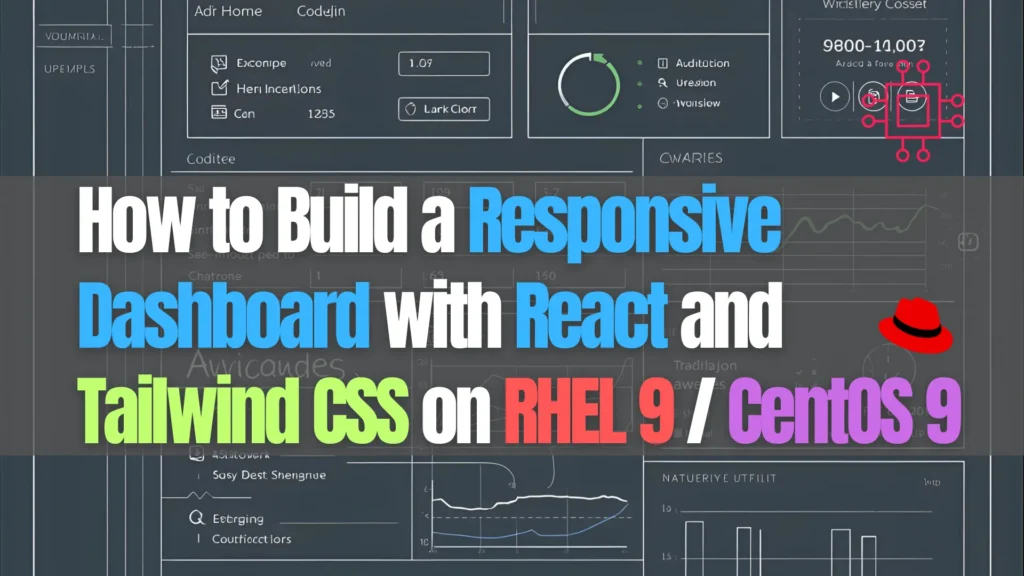
Learn how to build a responsive React dashboard with Tailwind CSS on RHEL 9 or CentOS Stream 9. Includes CLI commands, deployment tips, and full code examples. Table of Contents 🔈Introduction Deploying modern frontend applications in enterprise environments like RHEL 9 or CentOS Stream 9 comes with its own challenges, from package management to security […]
Splunk Email Security Risk: How to Fix allowedDomainList Warning in alert_actions.conf
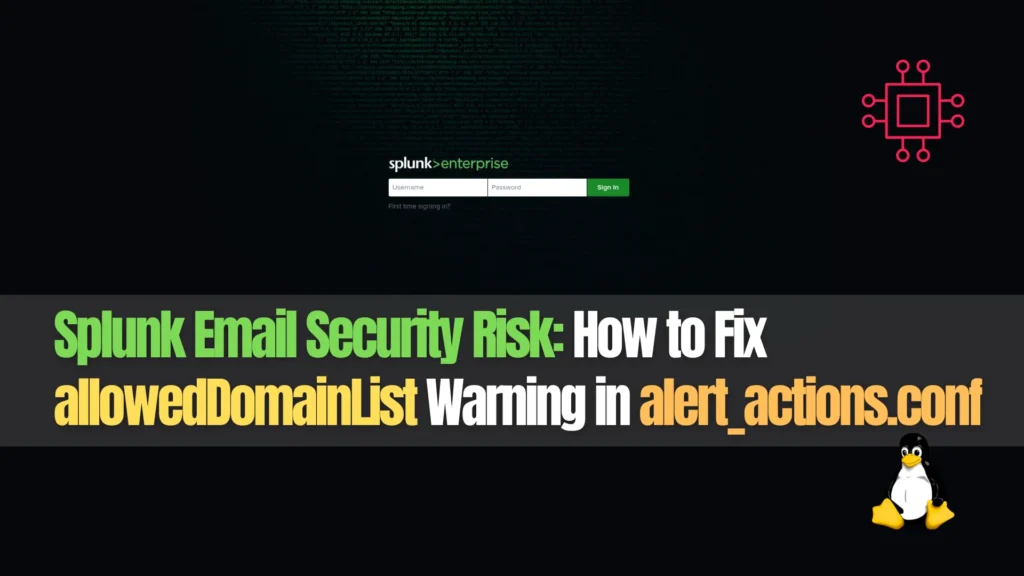
Learn how to fix the Splunk allowedDomainList security warning in alert_actions.conf. Prevent unauthorized alert emails and protect sensitive data by configuring domain restrictions correctly. Table of Contents 🔈Introduction Splunk administrators often encounter a critical security warning: ⚠️ Found an empty value for ‘allowedDomainList’ in the alert_actions.conf configuration file. This alert points to a significant security misconfiguration […]
Install Splunk on RHEL 9 or CentOS 9: A Beginner’s Guide
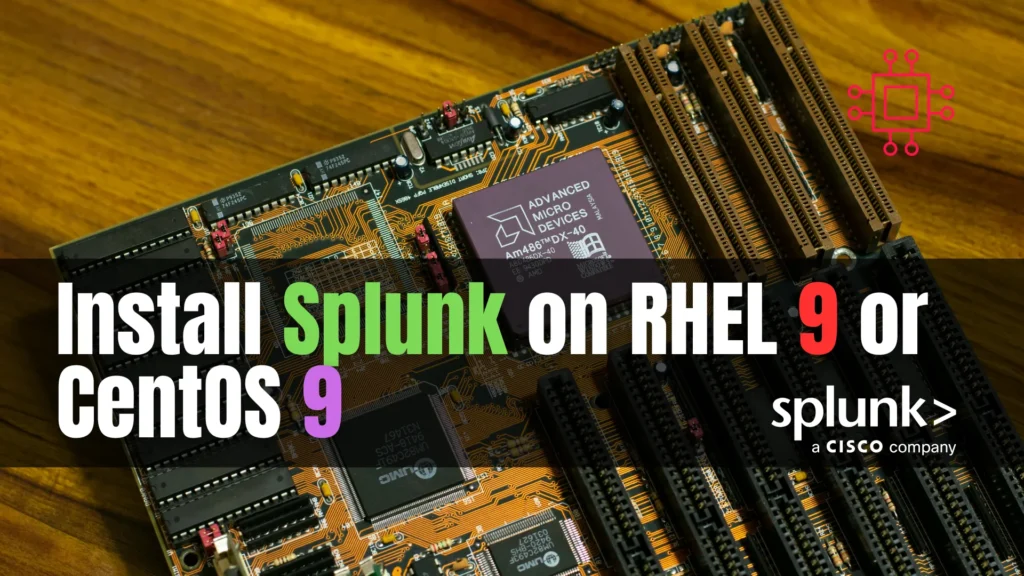
Learn how to install Splunk on RHEL9 or CentOS 9 with this beginner-friendly guide. Step-by-step instructions, CLI examples, and troubleshooting tips included. Table of Contents 🔈Introduction Splunk is one of the most widely-used platforms for searching, monitoring, and analyzing machine-generated big data. Whether you’re managing logs, monitoring system performance, or troubleshooting issues, Splunk is an […]
Install MongoDB on RHEL 10 | CentOS 10
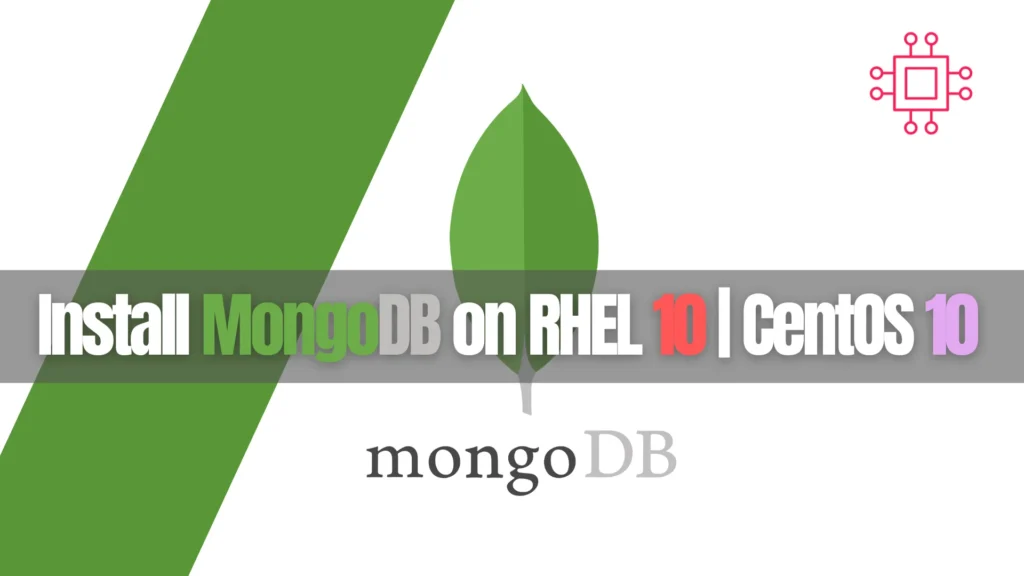
Learn how to install MongoDB (Community or Enterprise) on RHEL 10 / CentOS 10 with step‑by‑step repository setup, CLI commands, SELinux tips, and troubleshooting.” Table of Contents 🔈Introduction MongoDB is a leading NoSQL document database often used in production and development environments. If your organization is running RHEL 10 or CentOS 10, you may want to deploy […]
Install XRDP on Ubuntu 24.04 for Remote Desktop Access
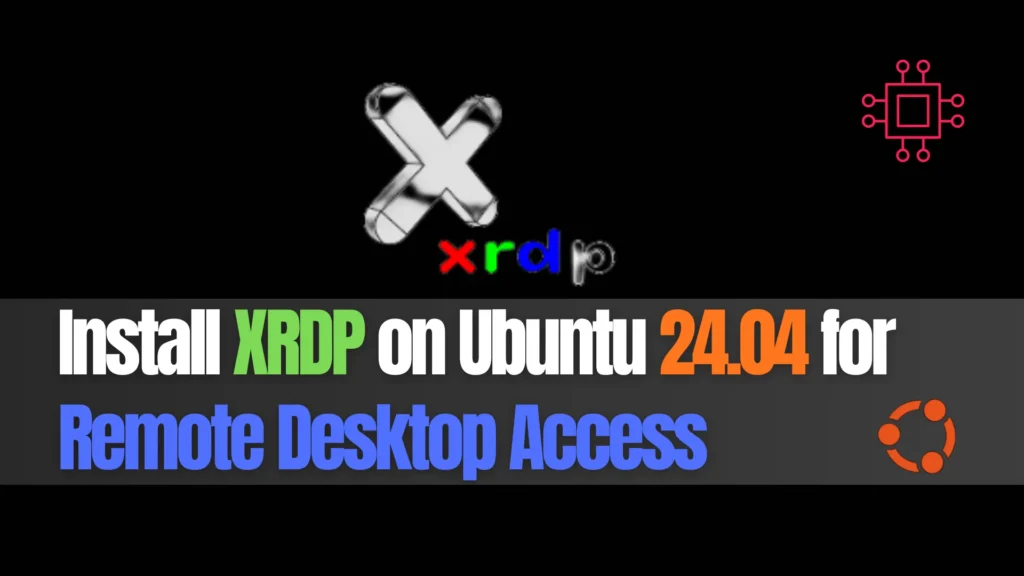
Learn how to install and configure XRDP on Ubuntu 24.04 LTS to enable secure remote desktop access from Windows, macOS, or Linux. Step‑by‑step setup with firewall rules, troubleshooting tips and performance/security best practices. Table of Contents 🔈Introduction Remote desktop access to Linux machines is essential for administrators, remote workers, developers, or anyone needing GUI access […]
